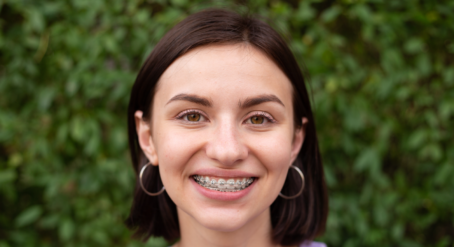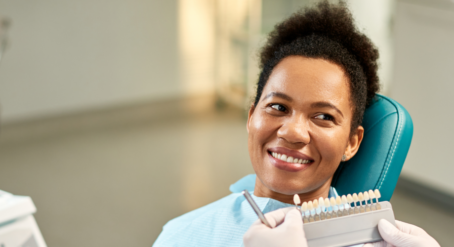We’ve come ahead in leaps and bounds with technology – from the introduction of typewriters to personal computers, fax machines, scanners, email, smartphones and even 3D technology. And while those advancements have revolutionised the way in which we work and communicate, they’ve also changed the way the medical field operates, too. For orthodontic treatment in particular, practises like 3D scanning and printing have helped make treatment faster, more accurate and less invasive. Here’s how.
3D scanning and printing
Gone are the days of a scanner only being able to comprehend the words on piece of paper. Now, almost any object, including your teeth and jaws, can be 3D scanned and accurately reproduced via a 3D printer.
This means a patient needing clear aligner treatment could have their mouth scanned (i.e. with an intra-oral scanner) and a plan to straighten their teeth developed using the support of this advanced technology. That plan is then read, approved and updated if required by your orthodontist before being sent off to be printed by robots using thermoplastic materials and lasers. The result is a perfectly measured, precisely cut, clear aligner that’s customised to your mouth to ensure it sits correctly over your teeth to help them shift into position.
During this treatment, a typical patient will go through about 20-30 slightly different aligners, with regular check-ins with your non-robotic orthodontist to ensure everything is moving as predicted.
3D X-rays
Getting the most accurate picture of your teeth is important. And by using 3D x-ray radiography, as opposed to traditional 2D methods, orthodontists and surgeons can work together to provide the safest and most effective treatment for their patients.
This is particularly helpful for if a patient has experienced facial trauma or has an underlying facial asymmetry or disproportion. 3D x-ray radiographs can clearly identify and quantify any facial structures which may need to be corrected via surgery, and can determine how best to provide any required surgery.
It’s also used to identify issues and treatment for things like impacted canines and problematic wisdom teeth, and can also be used by an ENT specialist to measure a patient’s airway and to provide appropriate management of conditions like sleep-disordered breathing (usually in conjunction with a sleep study).
Is 3D orthodontic technology safe?
The use of 3D technology has undoubtedly helped improve the teeth (and lives) of many people around the world. But it shouldn’t be treated as a one-size-fits-all solution. 3D digital scanning of teeth is safe, however, repeated 3D radiographs are not recommended, especially for younger patients. And please remember, you should always consult your orthodontist to see which treatment is best and necessary for you.
Use our tool to find an orthodontist near you – no referral is needed.









